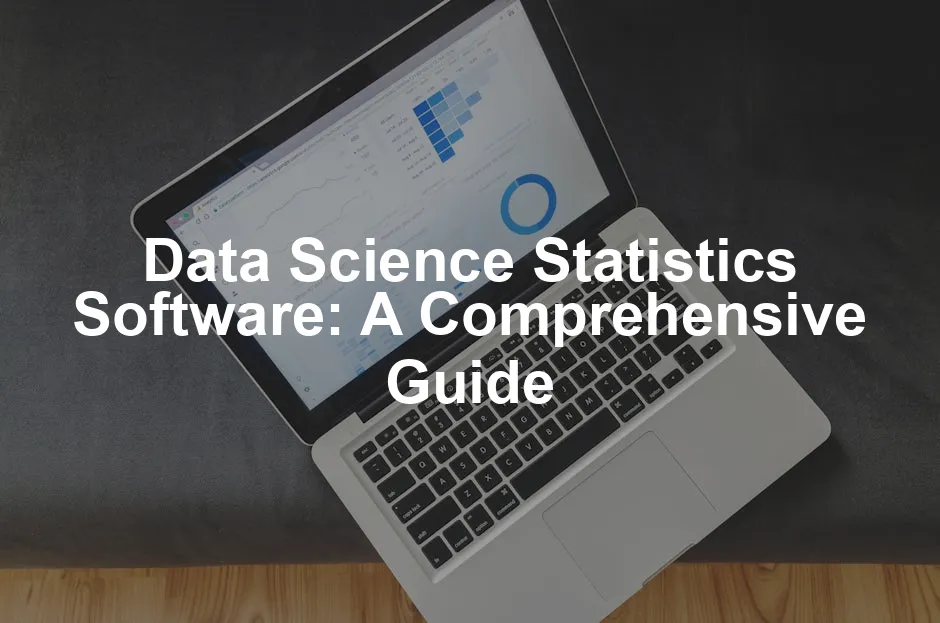Introduction
Statistics software is essential in data science. It simplifies data analysis and improves decision-making. As data science grows in importance across industries, statistical software becomes vital for extracting insights. It empowers organizations to make informed choices based on data-driven evidence.
Speaking of making informed choices, why not enhance your data science journey with the Data Science from Scratch Book? This book is a great resource for building a solid foundation in data science principles, making it perfect for both beginners and seasoned pros alike!
Summary and Overview
This article covers data science statistics software, its significance, and how it enhances analysis. You’ll learn about its key features and the types of software available. Both proprietary and open-source options exist, catering to various needs and budgets. Proprietary tools offer advanced features and support, while open-source options provide flexibility and community-driven improvements. Understanding these tools can help you choose the right software for your data science projects.
And if you’re curious about diving deeper into programming, the Learning Python Book is a fantastic place to start! This book covers everything from the basics to advanced concepts, making it a must-have for any aspiring data scientist.
Importance of Data Science Statistics Software
Understanding Data Science in Today’s World
Data science involves analyzing complex data. It combines statistical methods, algorithms, and technologies. Statistics play a crucial role in interpreting data, revealing patterns, and making predictions. Statistical software is vital for data-driven decision-making. It streamlines analysis and promotes accuracy. With these tools, organizations can leverage data for strategic advantage.
Benefits of Using Statistical Software
Statistical software offers significant advantages for data analysis. First, it boosts efficiency by automating repetitive tasks. Imagine spending hours manually crunching numbers—software can do it in minutes!
Next, accuracy is enhanced. These tools minimize human error, ensuring your results are reliable. This is crucial when making decisions based on data insights.
Another perk? The ability to handle large datasets. Traditional methods struggle with big data, but statistical software excels. You can analyze and visualize massive amounts of information effortlessly.
Additionally, many programs come with data visualization features. These tools help turn complex data into intuitive graphs and charts. This makes it easier to convey findings to stakeholders or team members.
In summary, using statistical software streamlines your analysis, increases accuracy, manages large datasets, and offers impressive visualization capabilities.

Types of Data Science Statistics Software
Proprietary Software
Proprietary software includes popular tools like IBM SPSS, SAS, and Stata.
IBM SPSS is user-friendly. It has drag-and-drop features, making data analysis accessible even for beginners. It’s ideal for social sciences, healthcare, and education sectors. For more information on troubleshooting and solutions with IBM SPSS, check out this guide.
If you’re looking for solutions and troubleshooting tips for IBM SPSS, you can find helpful insights in this guide.
SAS is known for its robust analytics and data management capabilities. It’s widely used in industries like finance and healthcare. SAS offers advanced predictive analytics and reporting tools, suitable for large enterprises. If you want to master SAS, consider getting the SAS Analytics Software. It’s a comprehensive tool that will elevate your data analysis skills to the next level!
For those interested in crime statistics, a detailed exploration can be found in this article.
Stata is favored for its comprehensive statistical capabilities. It supports various analyses, including regression and time series. Stata is popular among researchers and economists for its programming flexibility and extensive user community. If you’re looking to deepen your understanding, check out the Stata Statistical Software for your statistical analysis needs!
Pricing models vary. SPSS starts around $99 per month, SAS is typically more expensive, and Stata requires an upfront purchase, starting at about $840 per year. Each tool targets different audiences, from students to large organizations.
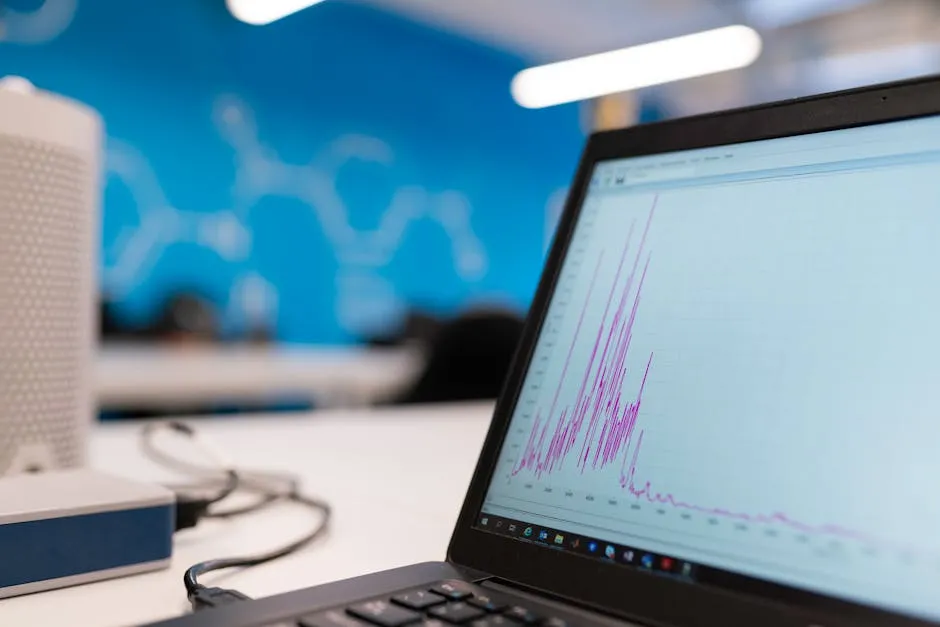
Open-Source Software
Open-source software is another option for data science. Popular tools include R and Python libraries like Pandas and Scikit-learn.
R is highly respected for statistical analysis and visualization. It has a vast library of packages, making it versatile for various analyses. The community support is robust, with numerous forums and resources available. If you’re new to R, the R Programming Language Book is a fantastic resource to get started!
Pandas is a powerful Python library for data manipulation and analysis. It simplifies working with structured data, and its integration with other Python libraries enhances its capabilities. To master data analysis in Python, consider picking up the Python for Data Analysis Book. It’s a great way to level up your skills!
Open-source software offers several advantages. It’s generally free, allowing anyone to access powerful tools. This democratizes data science, making it accessible for startups and researchers with limited budgets.
Community support is another significant benefit. Users can often find tutorials, forums, and documentation to help them troubleshoot issues or learn new techniques.
In summary, both proprietary and open-source statistical software play vital roles in data science, each catering to different needs and preferences.
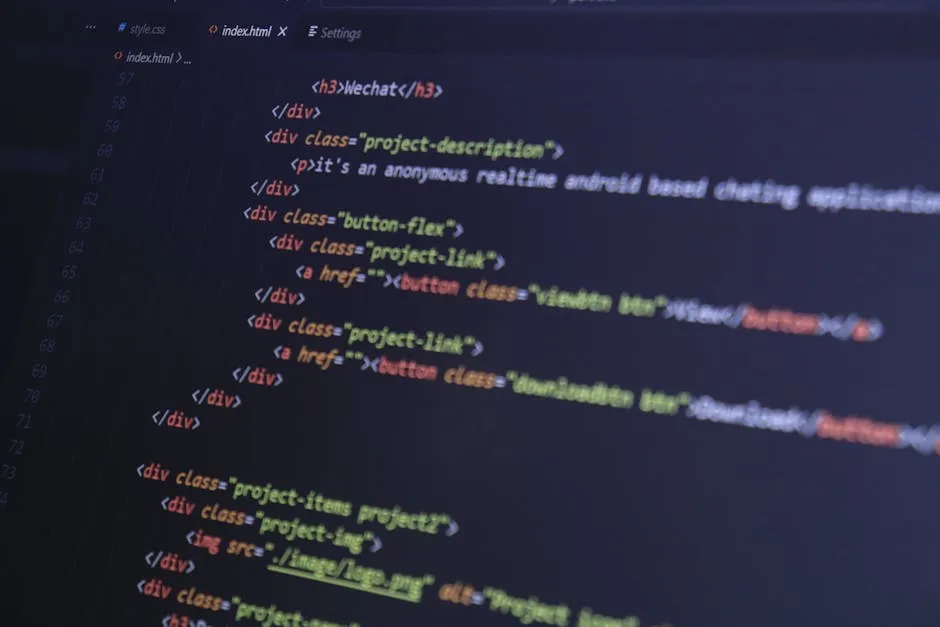
Comparison of Proprietary vs. Open-Source
When choosing statistical software, you’ll often face a choice between proprietary and open-source options. Each has its strengths and weaknesses.
Proprietary Software: Pros and Cons
Proprietary software, like IBM SPSS or SAS, often comes with robust support and advanced features. These tools are polished and designed for specific industries, making them user-friendly for professionals. However, they can be pricey and require licensing fees, which can add up over time.
On the flip side, proprietary tools may limit customization. You might find yourself restricted by the software’s built-in functionalities. Additionally, if your team is large or diverse, training costs can be a concern.
Open-Source Software: Pros and Cons
Open-source software, such as R or Python libraries, is generally free. This makes it accessible for startups and individual researchers. These tools often have a vibrant community for support, offering countless resources, tutorials, and forums for assistance.
However, open-source software can be less user-friendly. The learning curve might be steep for those unfamiliar with coding. Also, while community support exists, it may lack the responsiveness of dedicated customer service found in proprietary tools.
When to Choose One Over the Other
Consider proprietary software if you need extensive support and have the budget for it. Industries like healthcare or finance often prefer these tools for compliance and reliability. If your team is large and requires a user-friendly interface, proprietary options might be the best choice.
On the other hand, if you’re a solo researcher or part of a small team with coding skills, open-source tools are a great choice. They allow for flexibility and customization without financial strain. Additionally, if your work involves rapid prototyping or experimentation, open-source software allows for quicker adjustments and iterations.

Key Features to Look for in Statistical Software
User Interface and Usability
A user-friendly interface is vital. You want software that makes analysis intuitive. Look for features that simplify complex tasks. For instance, drag-and-drop functionality can help you visualize data easily. This is especially important for non-experts who may feel overwhelmed by complicated software.
For beginners, tutorials and guided workflows can be a lifesaver. Many tools offer interactive demos or walkthroughs to ease the learning curve. A clear and simple layout can help even novice users navigate effectively.
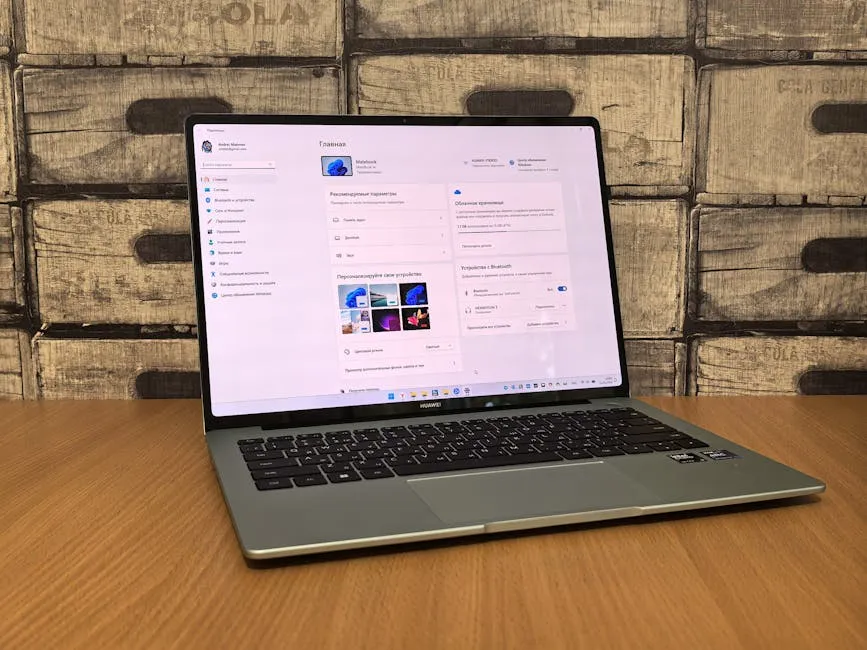
Analytical Capabilities
Analytical capabilities are crucial. Look for software that supports a variety of analyses, such as regression and ANOVA. These techniques are foundational in statistical analysis and essential for drawing meaningful conclusions.
Integration with predictive analytics and machine learning is also important. The ability to apply machine learning models can enhance your analysis. This feature helps in forecasting trends and understanding complex data patterns.
Data Management and Visualization Tools
Data cleaning and preparation are often overlooked but essential. Good software should help you tidy up your datasets before analysis. Features that automate data cleaning can save you time and improve accuracy.
Visualization capabilities are equally important. The best software allows you to create clear charts and graphs. Effective visualizations can reveal insights that raw data might obscure. Tools that offer customizable visual outputs can enhance your presentation, making findings more accessible to stakeholders.
If you’re looking to improve your data visualization skills, the Data Visualization Made Simple Book is an excellent resource to help you create impactful visualizations!

Popular Data Science Statistics Software Tools
IBM SPSS
IBM SPSS is a leading choice for statistical analysis. Its key features include a user-friendly interface, predictive analytics, and comprehensive data management tools. Users can easily perform regression analyses, visualize data, and handle large datasets. Industries like healthcare, education, and social sciences frequently utilize SPSS for managing survey data and conducting complex statistical analyses. Its drag-and-drop functionality makes it accessible for beginners while still catering to advanced users.

SAS
SAS stands out for its robust analytics and data management capabilities. It excels in advanced predictive analytics, making it ideal for sectors like finance, healthcare, and marketing. SAS supports both small and large datasets, providing tools for data preparation, statistical analysis, and reporting. Its strengths lie in its extensive library of analytical methods and superior data handling. Organizations rely on SAS for its reliability and ability to integrate into enterprise systems effectively.

Stata
Stata is renowned for its powerful statistical capabilities and programming features. It offers a comprehensive suite of tools for data manipulation, visualization, and advanced statistical analysis. Stata is particularly popular in academia and research fields, where it supports various statistical methods, including regression and time series analysis. Its target audience includes researchers and economists who value its programming flexibility combined with user-friendly menus. Stata’s strong community support enhances its usability.

R and its Ecosystem
R is a free programming language specifically designed for statistical analysis and visualization. Its ecosystem boasts numerous packages, such as ggplot2 for data visualization and dplyr for data manipulation. R’s open-source nature encourages collaboration and constant improvement within its community. Resources like online tutorials, forums, and extensive documentation make learning R accessible for all skill levels. Its versatility makes R a favorite among data scientists and statisticians alike.
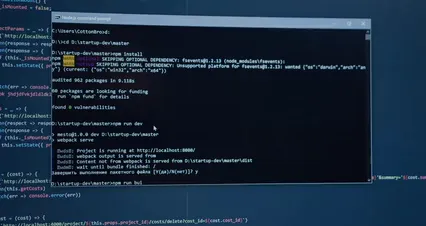
Python Libraries
Python libraries like Pandas, NumPy, and Scikit-learn are essential for data science projects. Pandas simplifies data manipulation and analysis, while NumPy provides support for numerical operations and multi-dimensional arrays. Scikit-learn is crucial for implementing machine learning algorithms. These libraries enable practitioners to perform data cleaning, exploratory analysis, and predictive modeling efficiently. Their integration within the Python ecosystem allows for flexible and powerful data science workflows.
If you’re interested in diving into machine learning, the Scikit-learn Cookbook Book is a great way to learn how to apply these algorithms effectively!

Best Practices for Choosing Statistical Software
Assess Your Needs
Choosing the right statistical software starts with understanding your project requirements. Identify the specific analyses you need to perform. Will you handle large datasets or conduct complex modeling? These factors are crucial.
Next, consider your team’s skill levels. Are they experienced statisticians or new learners? If training is necessary, ensure your software has accessible resources. A steep learning curve can hinder productivity. Choose software that aligns with your team’s capabilities.

Budget and Cost Considerations
Budget plays a significant role in software selection. Proprietary software can be expensive, with monthly or annual licensing fees. For example, IBM SPSS starts around $99 per month, while SAS often costs more.
On the other hand, open-source options like R and Python libraries are free. They provide robust features without the price tag. However, consider long-term costs, including potential training and integration expenses. Analyze which option provides the best value for your organization.

Trial and Evaluation
Before committing, testing software is essential. Many companies offer free trials or demos. This allows you to explore features and ease of use. Take advantage of these options to assess if the software meets your needs.
During trials, simulate real project scenarios. This can help you understand how the software performs with your data. Evaluating user experience and functionality can prevent costly mistakes down the line.
FAQs
What is data science statistics software?
It’s software designed for statistical analysis in data science.
Why is statistical software important for data science?
It enhances accuracy and streamlines data analysis processes.
What are the most popular statistical software tools?
Popular tools include SAS, IBM SPSS, and R.
Can I use open-source software for commercial purposes?
Yes, but check the specific licensing agreements for each tool.
How do I choose the right statistical software for my needs?
Evaluate project requirements, budget, and team skills to make an informed decision.
Please let us know what you think about our content by leaving a comment down below!
Thank you for reading till here 🙂
All images from Pexels

